I've encountered an annoying problem
A critical shared Library that's used by FFMpeg and of course also used by MPlayer was not in the installation. It was an odd because even a remove reinstall of FFMpeg didn't fix the problem.
Since I'm in no mood to install a development environment from the command line to compile FFMpeg from scratch I just wiped the KDE distro and started all over.
While I was busy with the new installation so I was on the live ISO FFMPEG worked just fine and the library was there working perfectly.
You can already guess what happened when I booted into the new installation.
FFMPEG was installed by default by the distribution, since VLC is installed by default, but the shared library was missing!
¡WTF!
Then I encountered even more bugs, privilege escalation errors!
These bugs and errors have nothing to do with KDE!
They have to do with problems with the distribution from the perspective of my maintainer. It is my task to see if I can reproduce the problems after I fix them by hand if that does not take too much time and effort.
.🖋️ #bash#MX #mxLinux #sh #zsh #ksh #csh #tksh #fish #distro#KDE #Gnome#Linux#POSIX #fresh #programming #backgrounds #wallpaper#Vallpaper #gufw
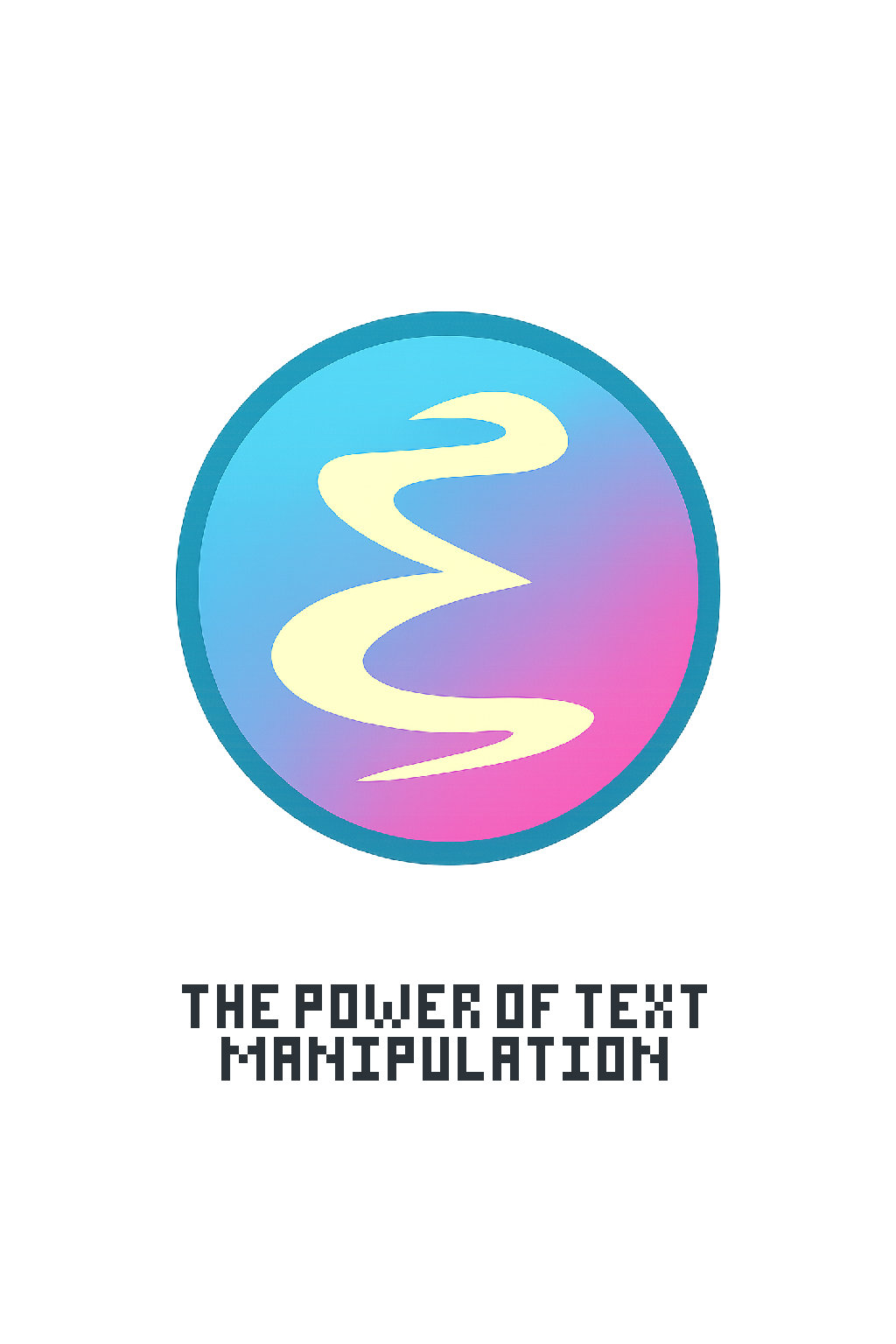
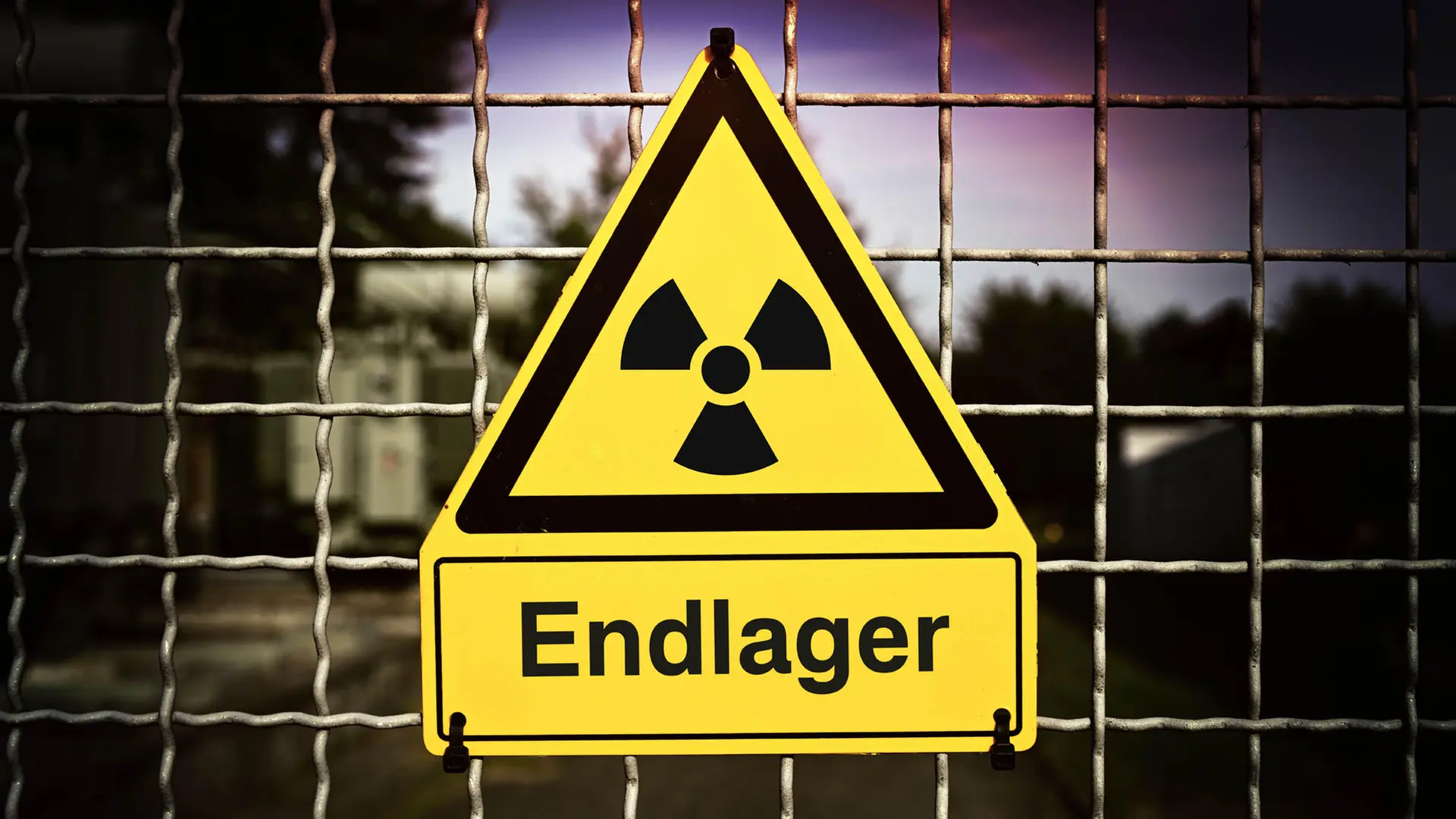

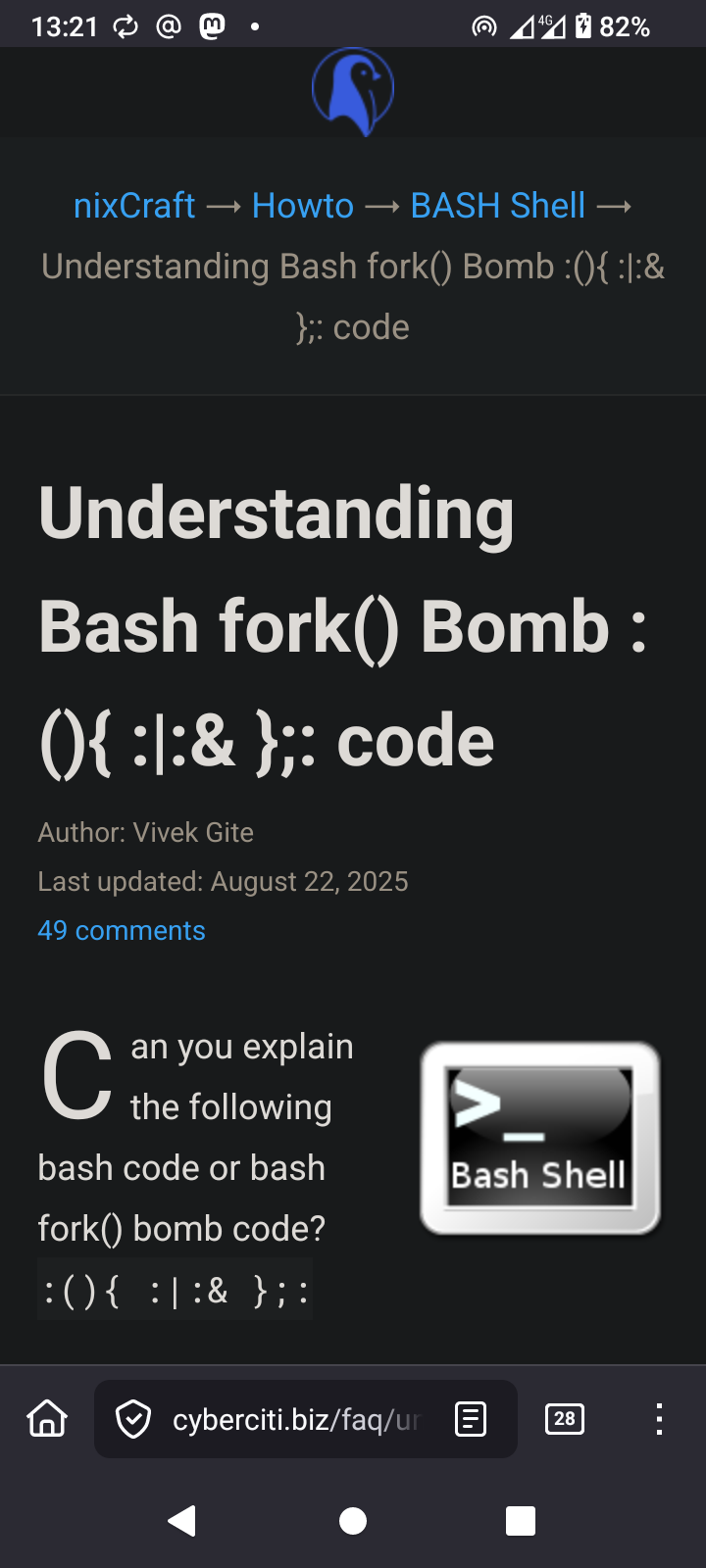
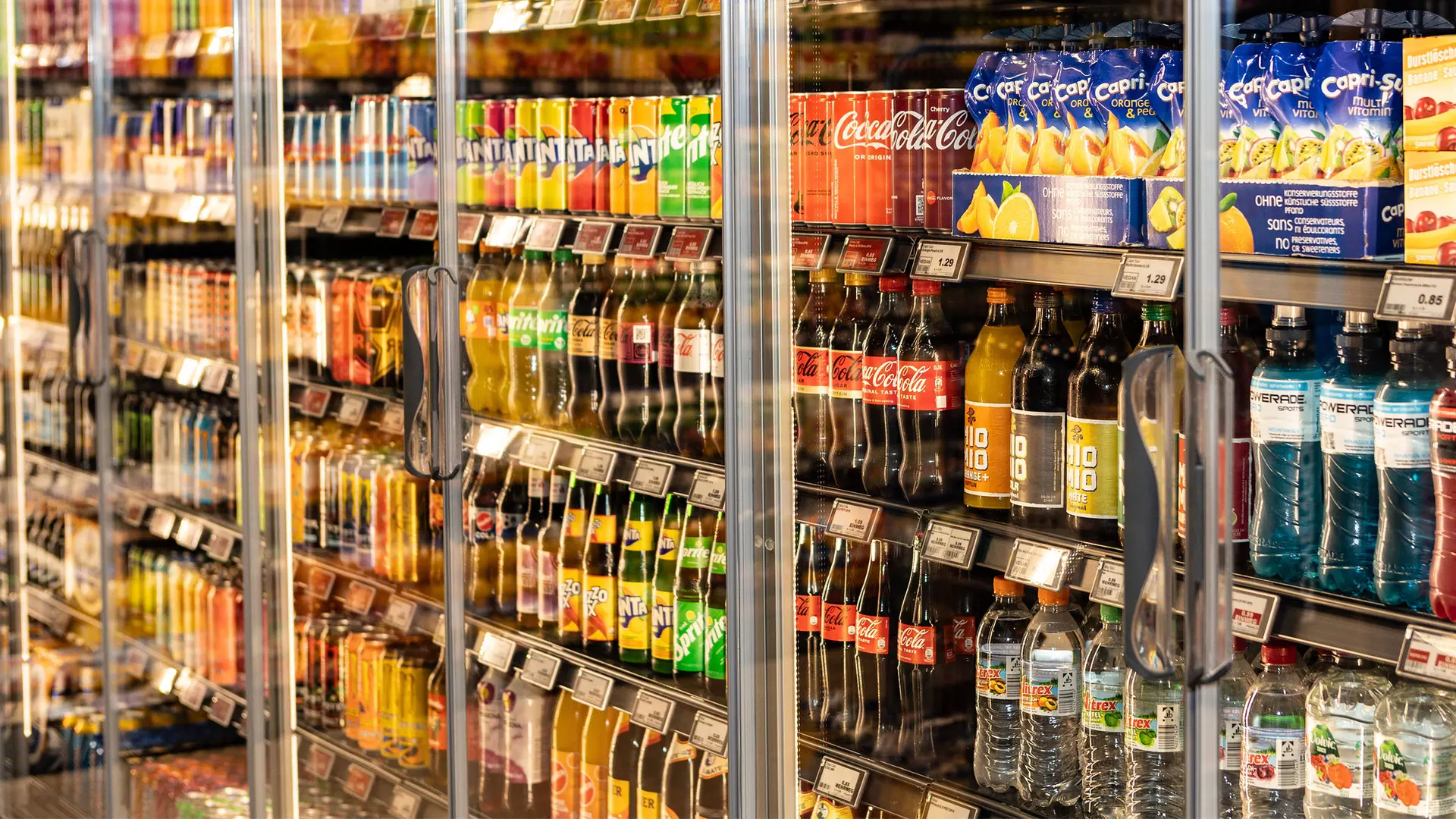

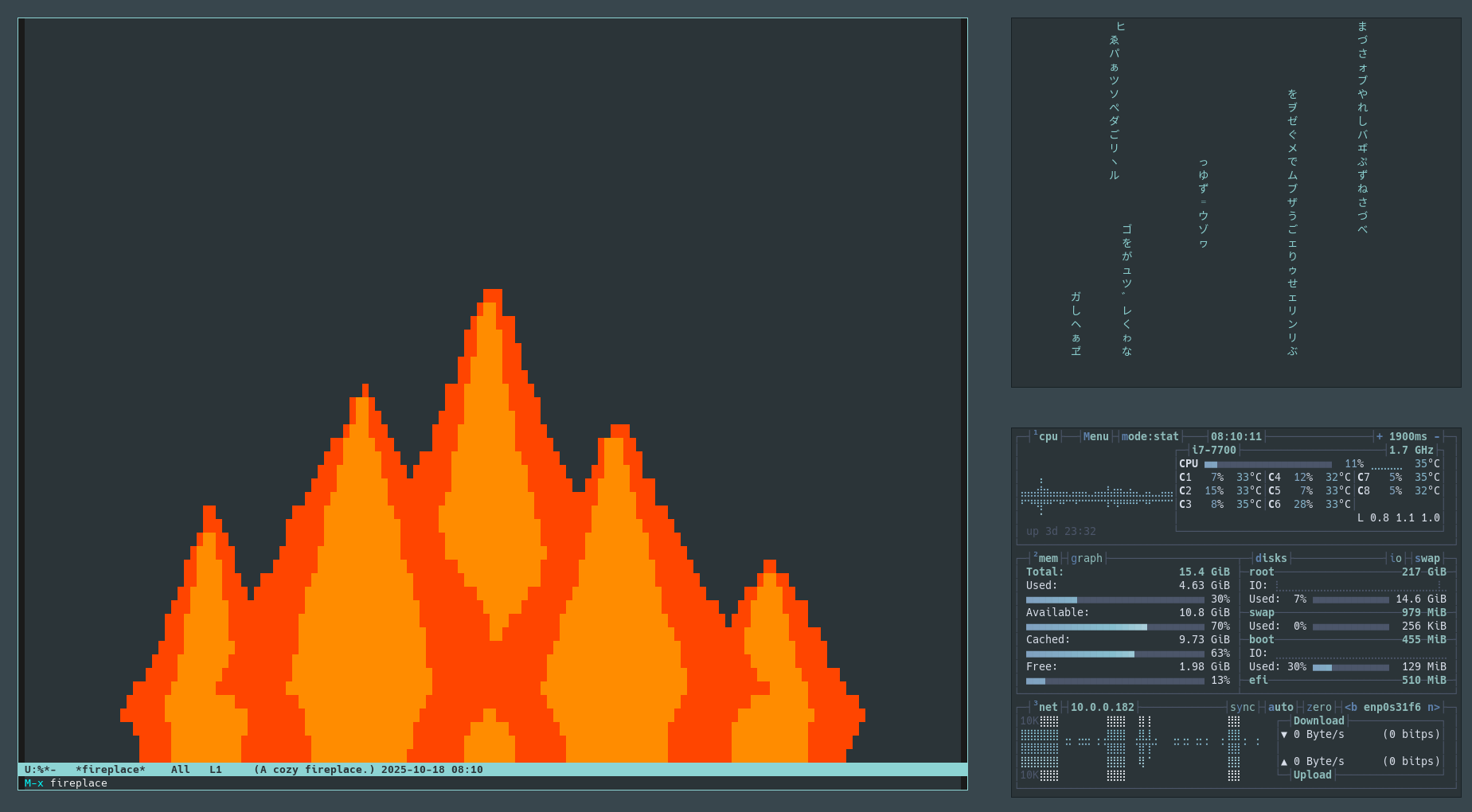
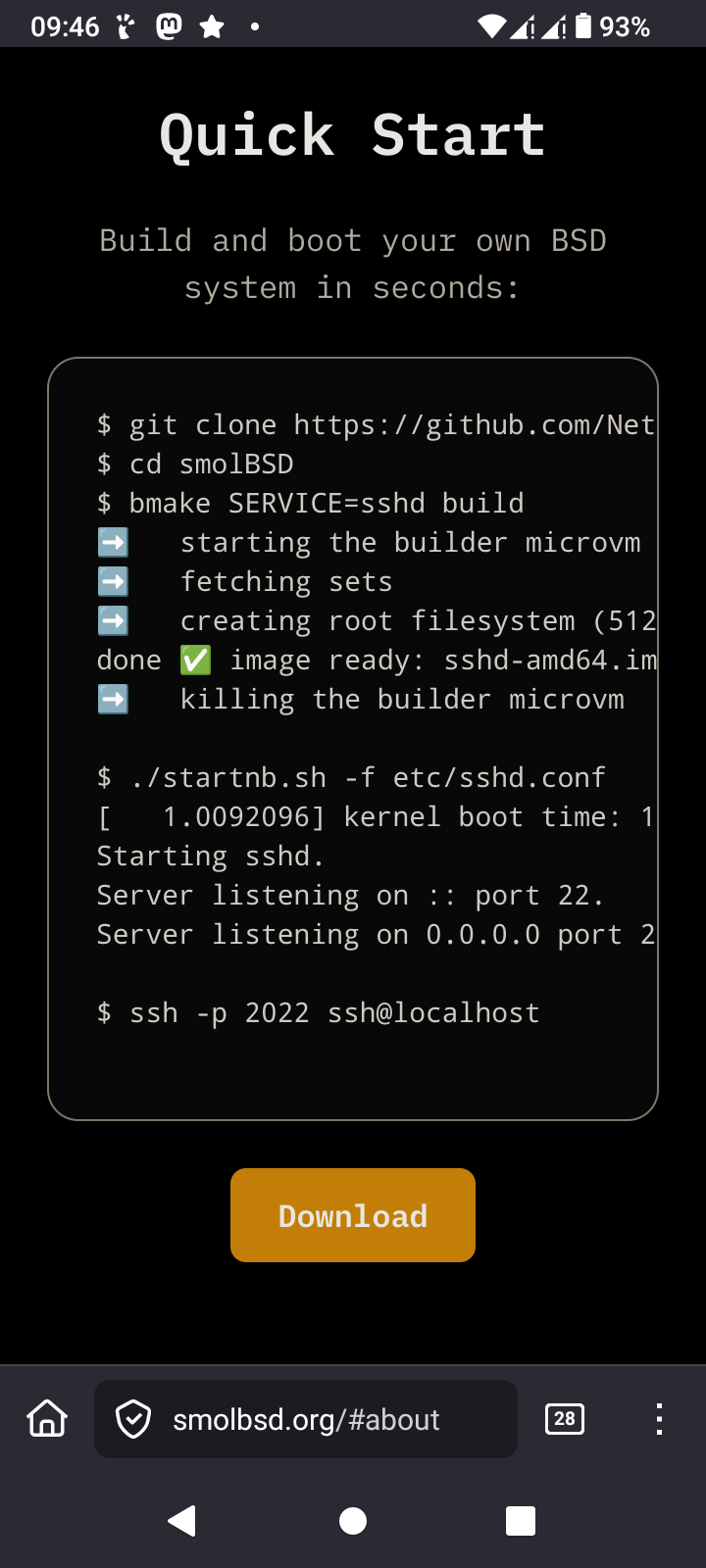
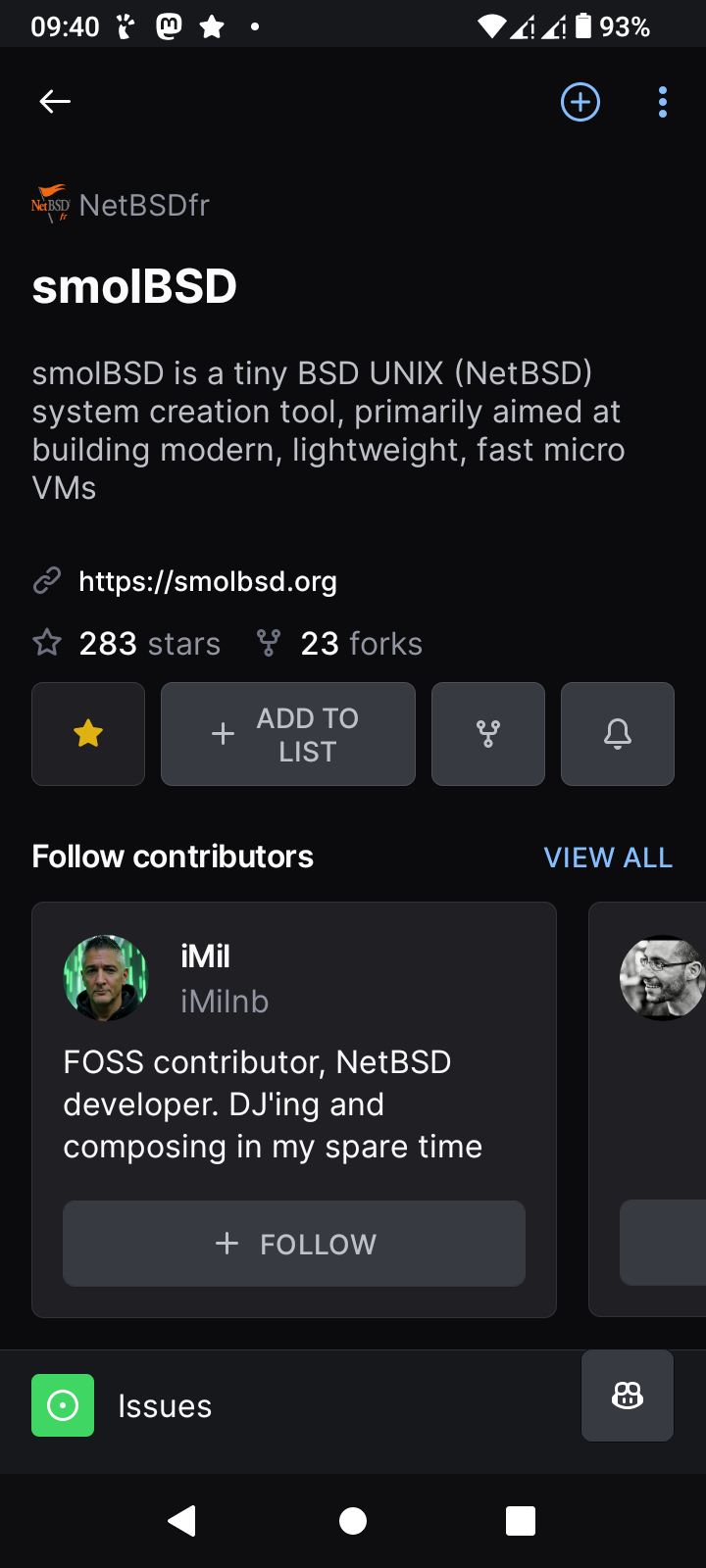
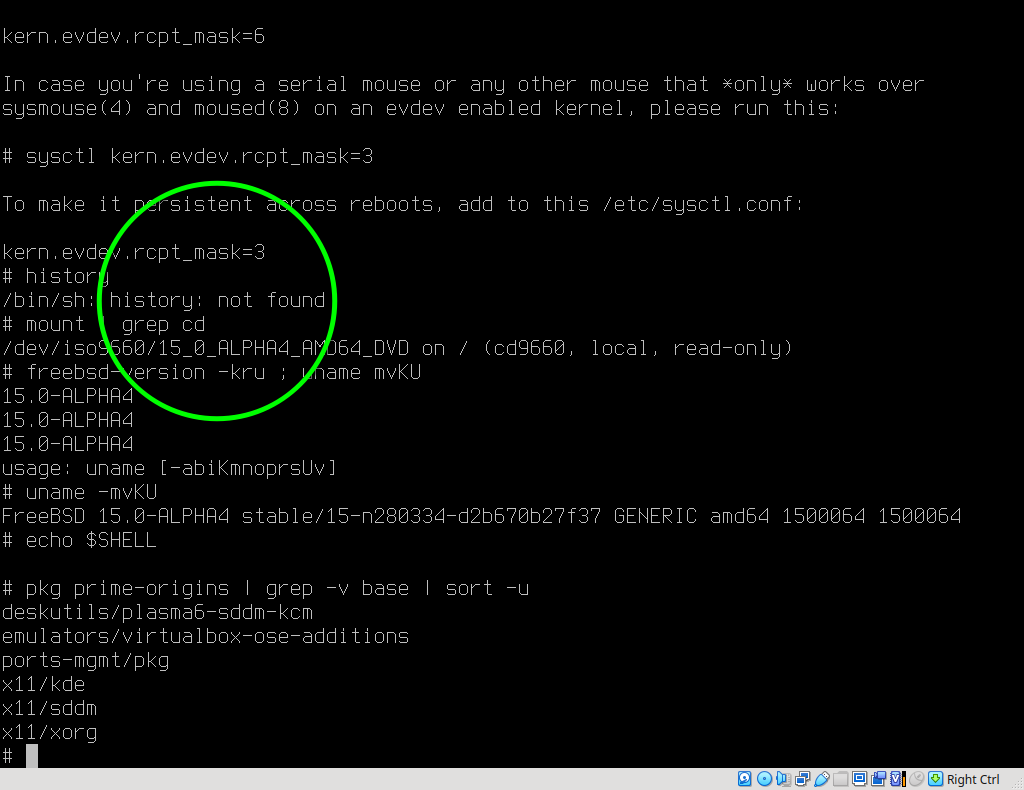
![The screencap shows a terminal screen with a black background and white text. At the top, there is a status bar displaying the time (22:12), battery level (81%), and temperature (27°). The terminal window is titled "BoxyBSD" in a stylized font. The command line shows the user "guest" logged in to the system "mgmt-boxybsd" with the command "cat status.md" being executed.
The terminal output includes a "Status" section listing hypervisors with their locations and latency times, such as "virt01: 42.1 ms (Location: France, Ro)" and "virt09: 277. ms (Location: Japan, Toky)." Below this, there is a "[looking glass]" section with miscellaneous information like "Website: Online," "Matrix Bot: Online," "Provisioning: Enabled," and "gyptazy services: Online." The "Statistics" section shows "Boxes provisioned: 500+," "OS Images: 7," and "Uptime: 99.9%." At the bottom, there is a note about contacting support and the system's creation date (2025-04-12 11:59:34.695945).
Ovis2-8B
🌱 Energy used: 0.310 Wh](https://media.bsd.cafe/bsdmmedia01/media_attachments/files/114/418/607/438/600/920/original/cd9458171bb3c031.jpg)




